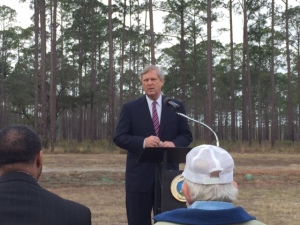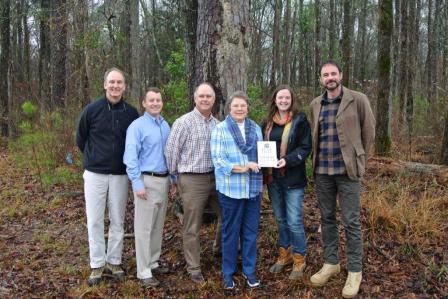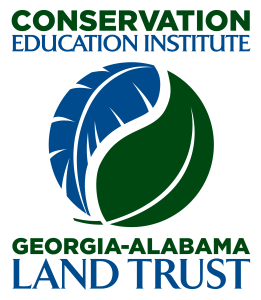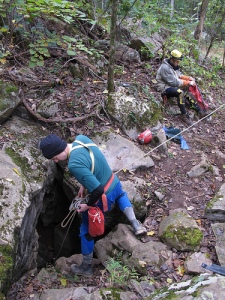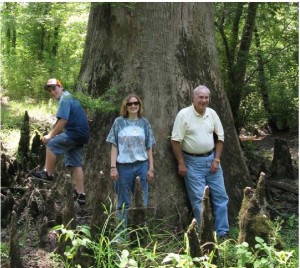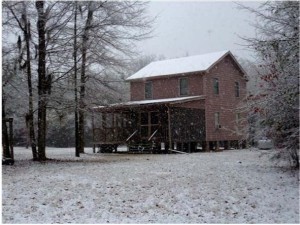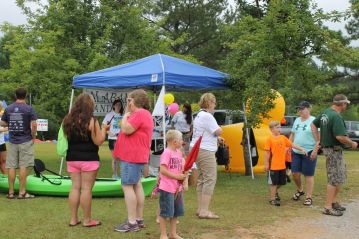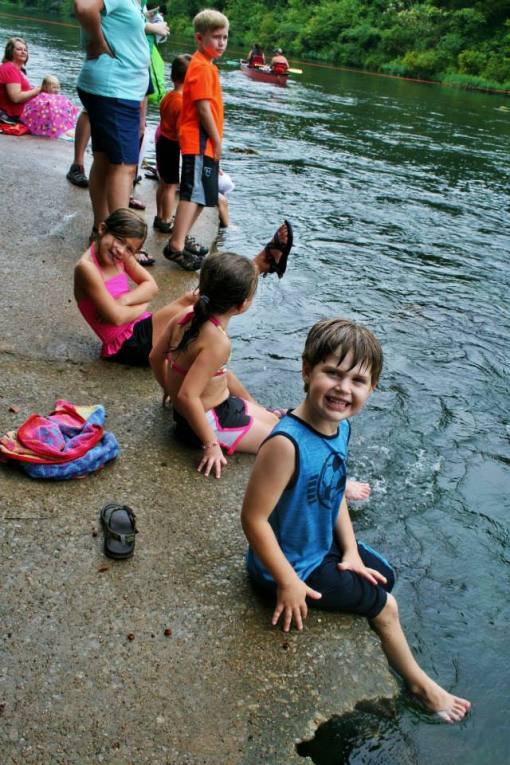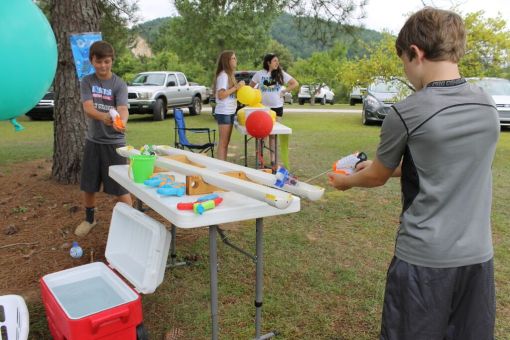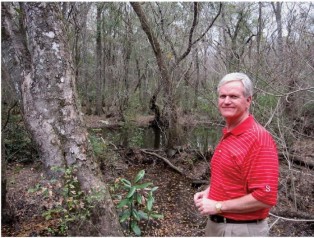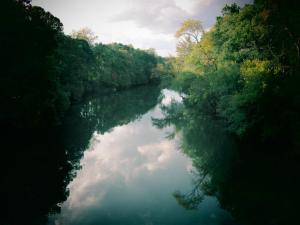The Georgia-Alabama Land Trust is proud to be a project participant in a national conservation program recently announced by the U.S. Department of Agriculture.
On Friday, U.S. Secretary of Agriculture Tom Vilsack announced $720 million in nationwide funding for another round of conservation projects in 50 states. This funding is a continuation of the Regional Conservation Partnership Program (RCPP), first funded by the federal government in the 2014 Farm Bill. Under this program, the USDA teams with several conservation groups, including the Land Trust, to preserve open space and natural habitats.
In last year’s funding, $1.25 million dollars were specifically allocated toward a 2,300 acre protection project near Fort Stewart, which the Land Trust is in the process of finalizing. That project not only furthers the Department of Agriculture’s RCPP program, it also contributes to a low-density, compatible use buffer surrounding Fort Stewart.
“It’s important for us to maintain the installation where we can train the way we fight, but not be constrained with a worry of smoke or noise or dust going off the installation [and impacting our neighbors],” said Tim Beaty, Chief of Fish & Wildlife at Ft. Stewart.
“Restoration is also part of this project,” said Executive Director Katherine Eddins, “ restoring and maintaining the long leaf pine that once dominated the landscape has helped bring back the red-cockaded woodpecker, the indigo snake and the gopher tortoise. We are so excited to continue to work with Fort Stewart and surrounding land owners on this important conservation mission. “
“We put out a call for innovative and results-focused projects that will deliver the most conservation impact,” Secretary Vilsack said. “Our partners answered with creative, locally-led approaches to help producers support their ongoing business operations and address natural resource challenges in their communities and across the nation.”
The Georgia-Alabama Land Trust has been working with Fort Stewart for many years and is directly responsible for protecting over 30,000 acres of land surrounding the installation.
